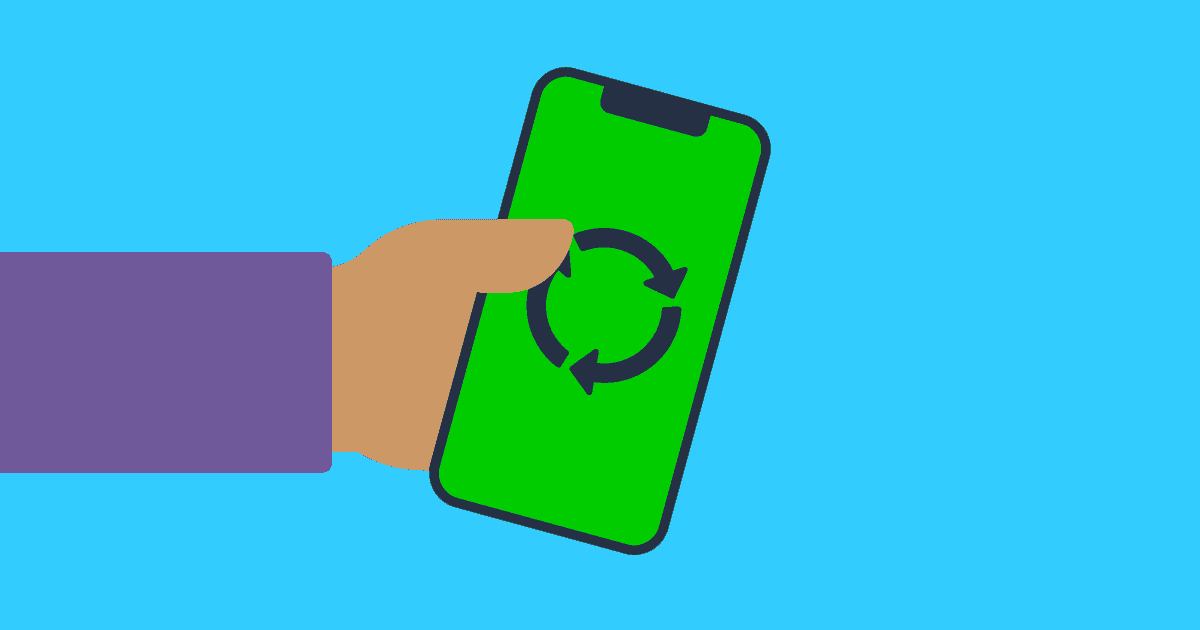Second-hand devices guide
Make used devices safe for children with these online safety tips
When it comes to giving your child their first mobile phone or video games console, it’s tempting to go for brand new. However, in many cases, second-hand or refurbished devices are cheaper and just as useful.
Learn how to make the most of older devices to help children learn responsibility, and find guidance on steps to take to keep them safe.



